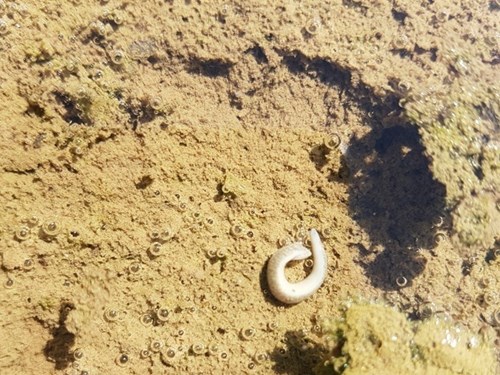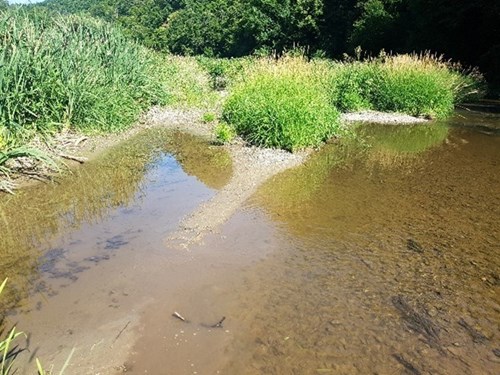South Moravia: the most drought-prone region of the country
Thanks to our scientists, you will learn how non-native species that are favoured by a warming climate are entering our landscape in the Czech TV Events (Události) of 20. 7. 2023 at the timing 16:20 (available in Czech language only). In fact, in drying streams, these species have been registering recently. According to our scientists, we are heading towards an almost Mediterranean climate in South Moravia in the near future. Moreover, our region is the most drought-prone area of the country, due to the highest temperatures and the drainage of the landscape by man through land reclamation and stream regulation. According to our experts, climate change is visible in the extremes, when heat waves that heat up the water in the pools to 40°C alternate with extreme rainfall and cooling. In fact, several seasons change within a month, said our hydrobiologist, Petr Pařil, in an interview.







